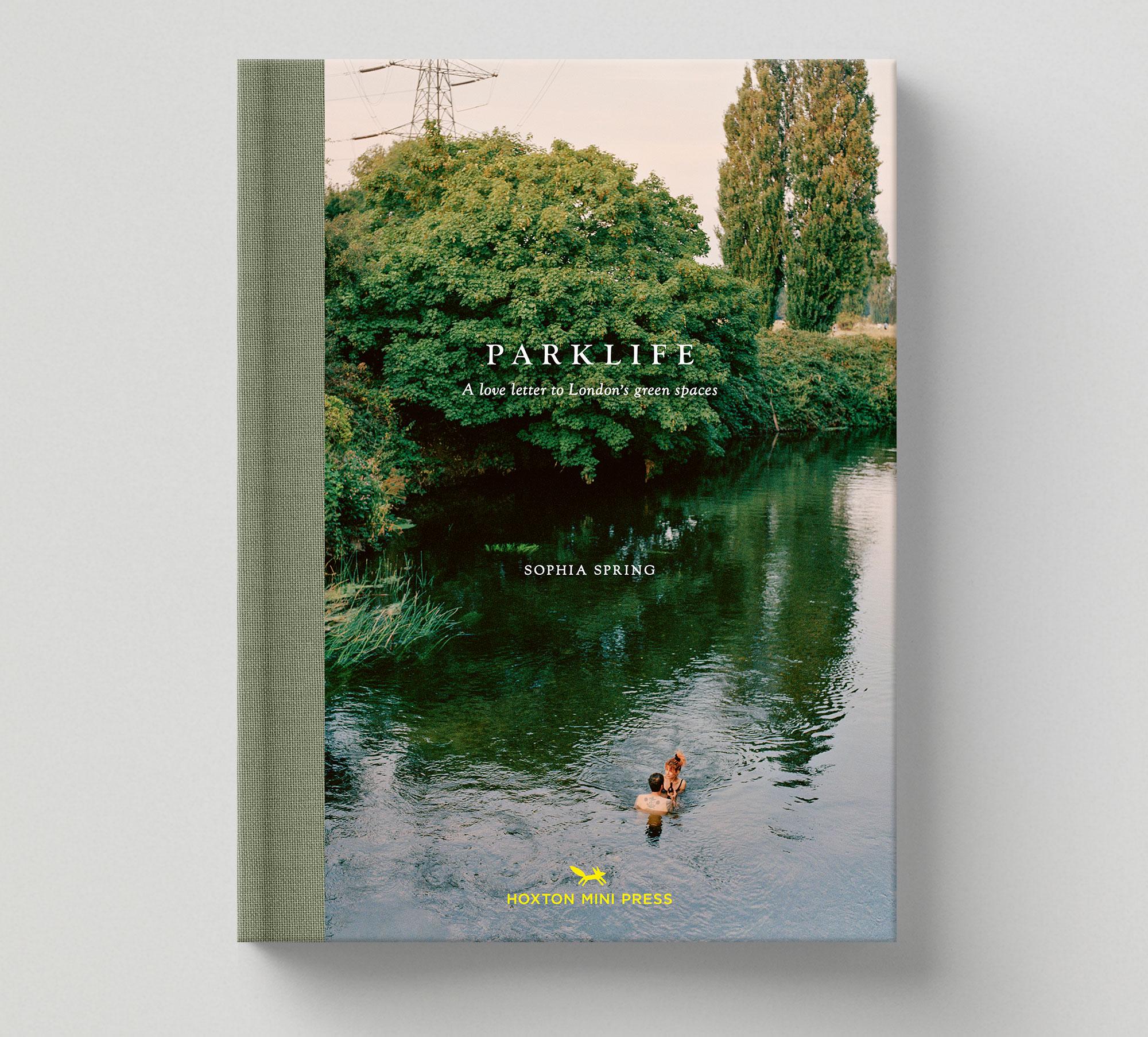
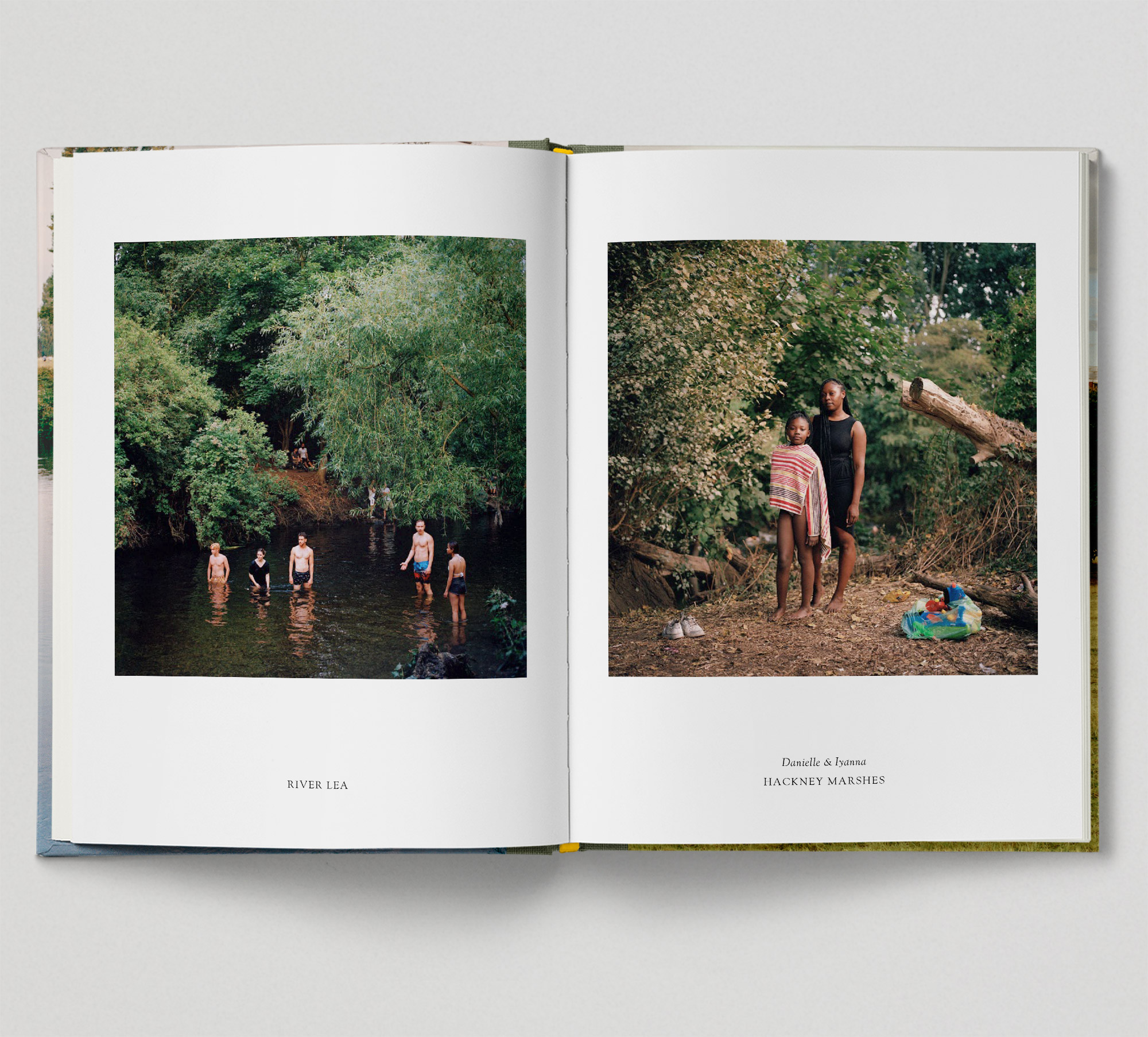
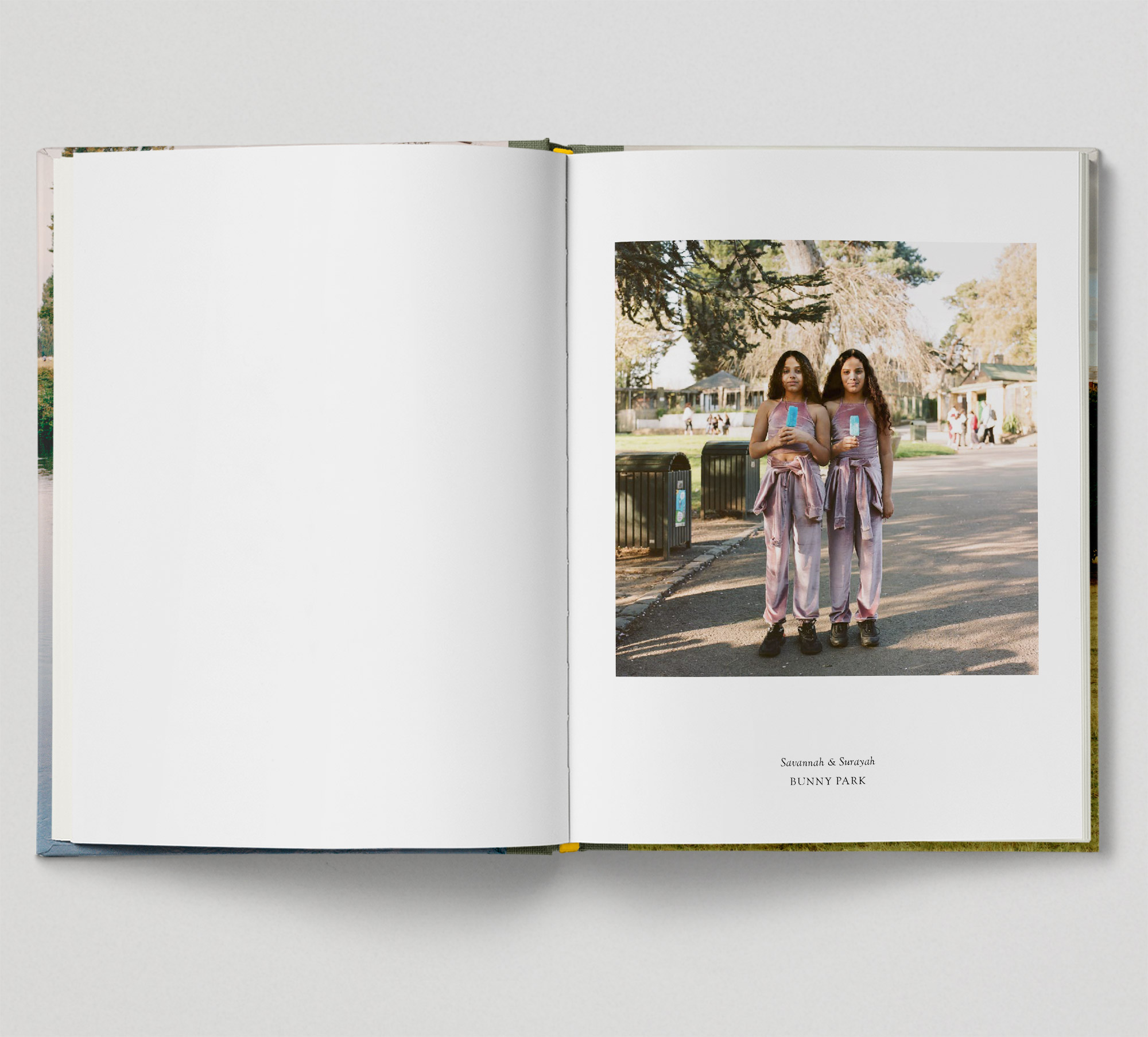
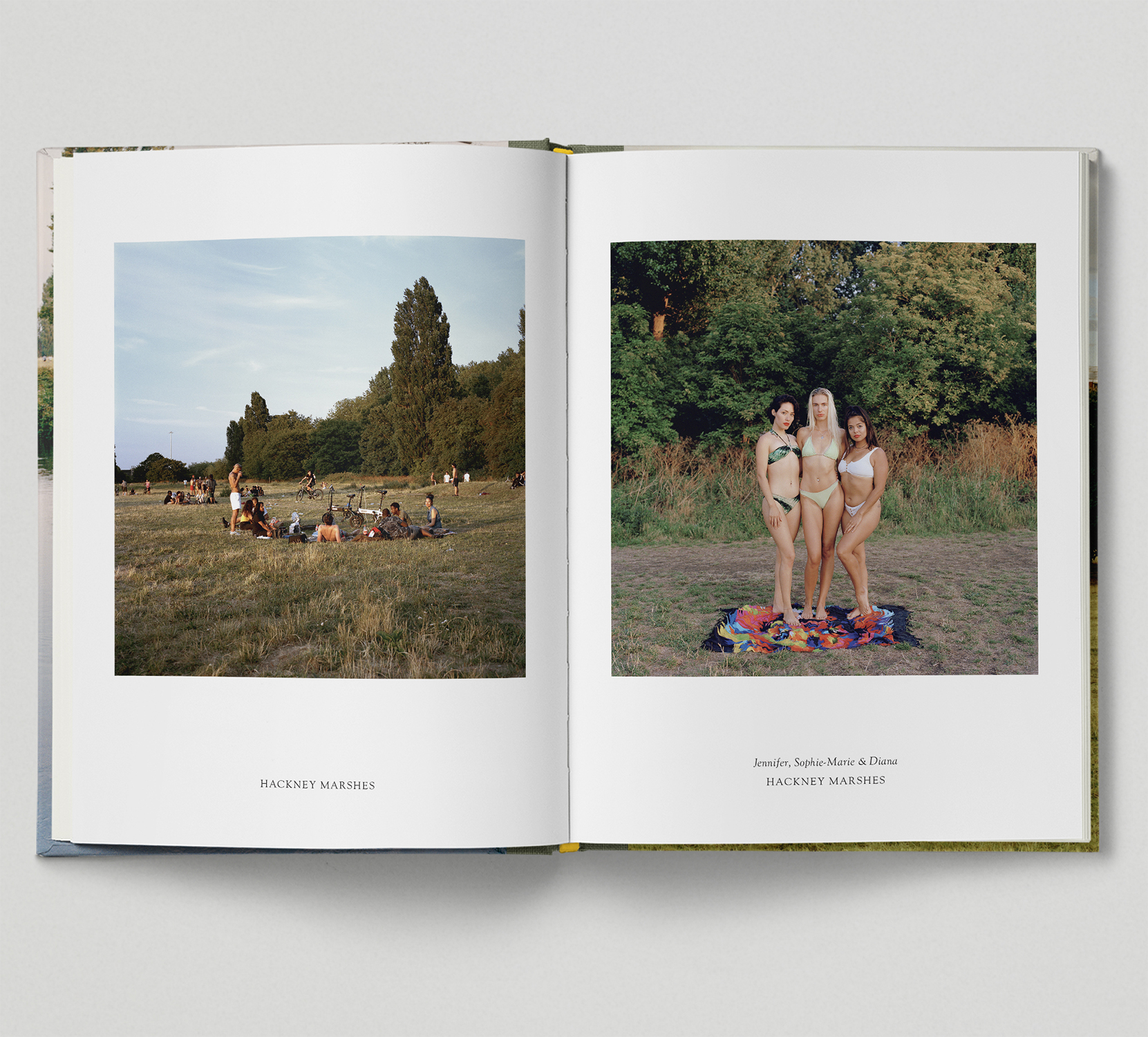
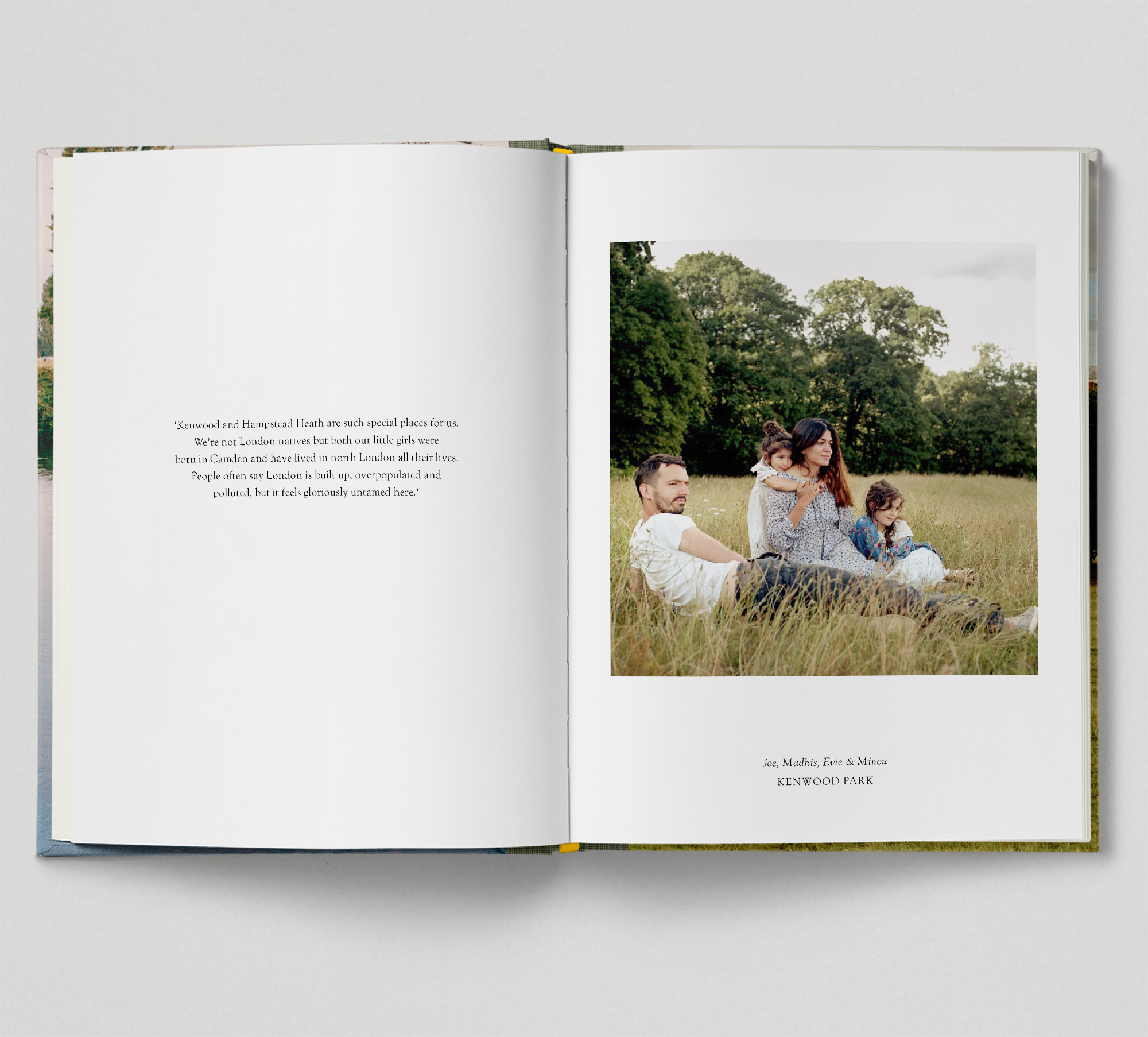
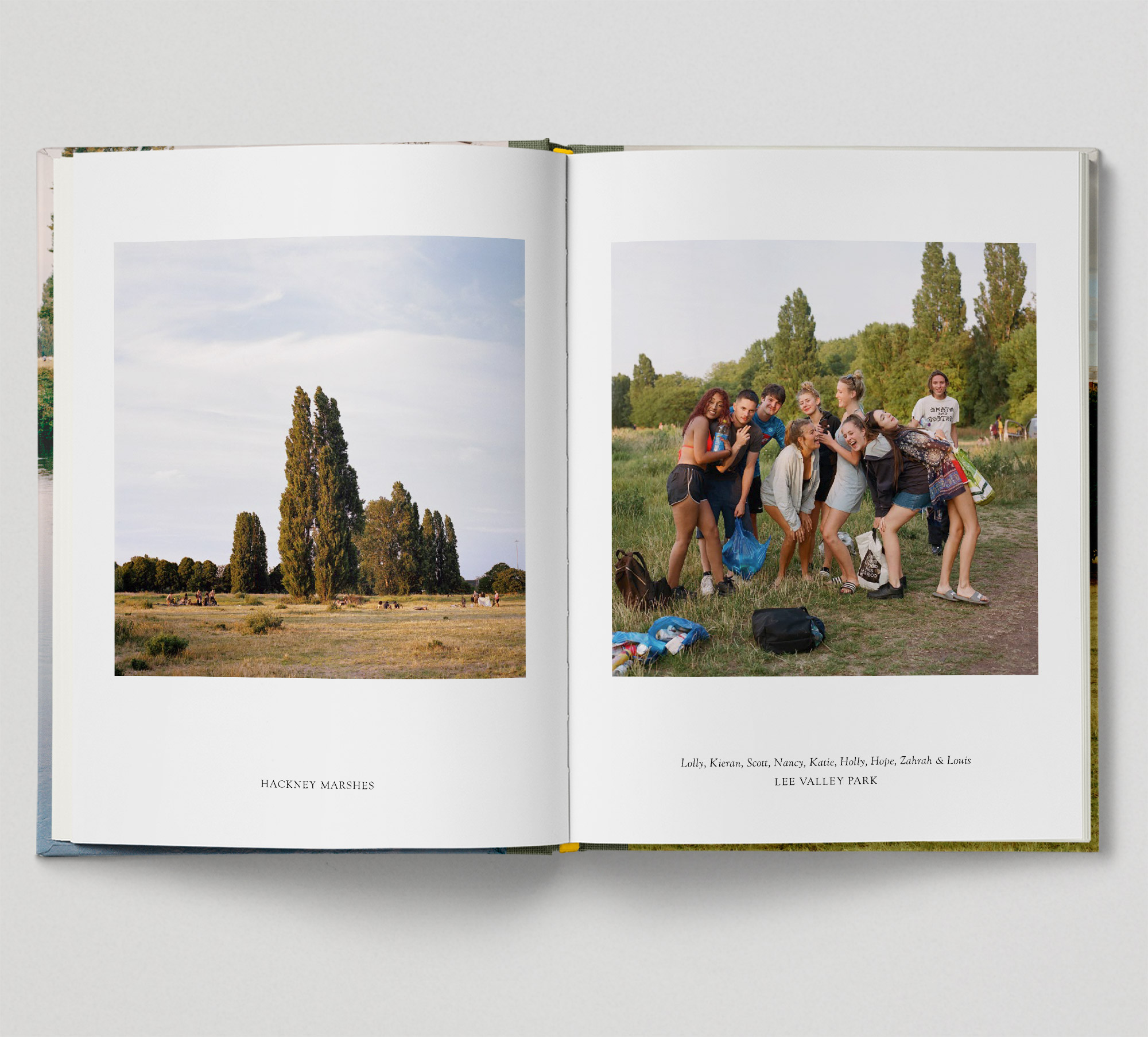
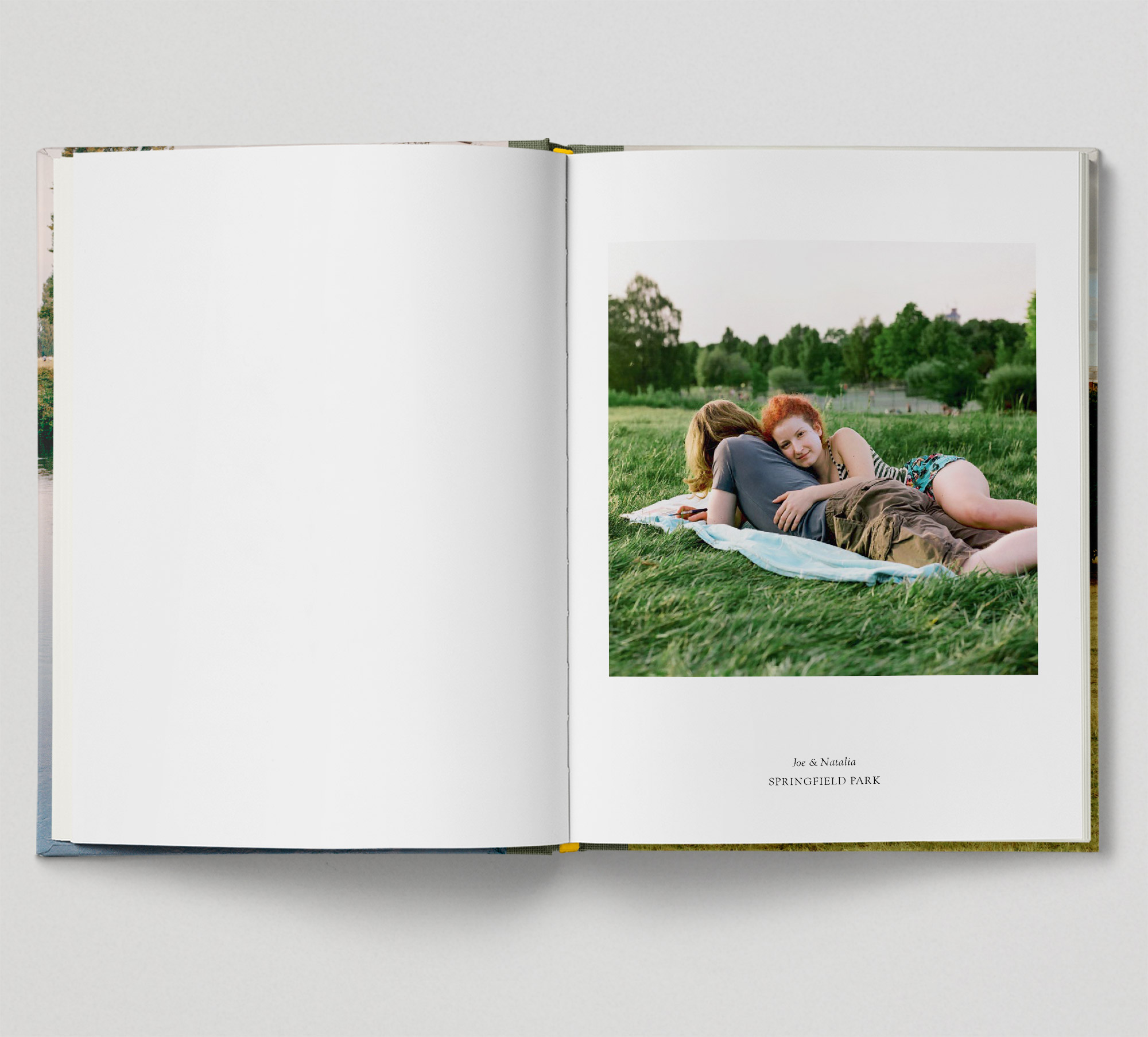
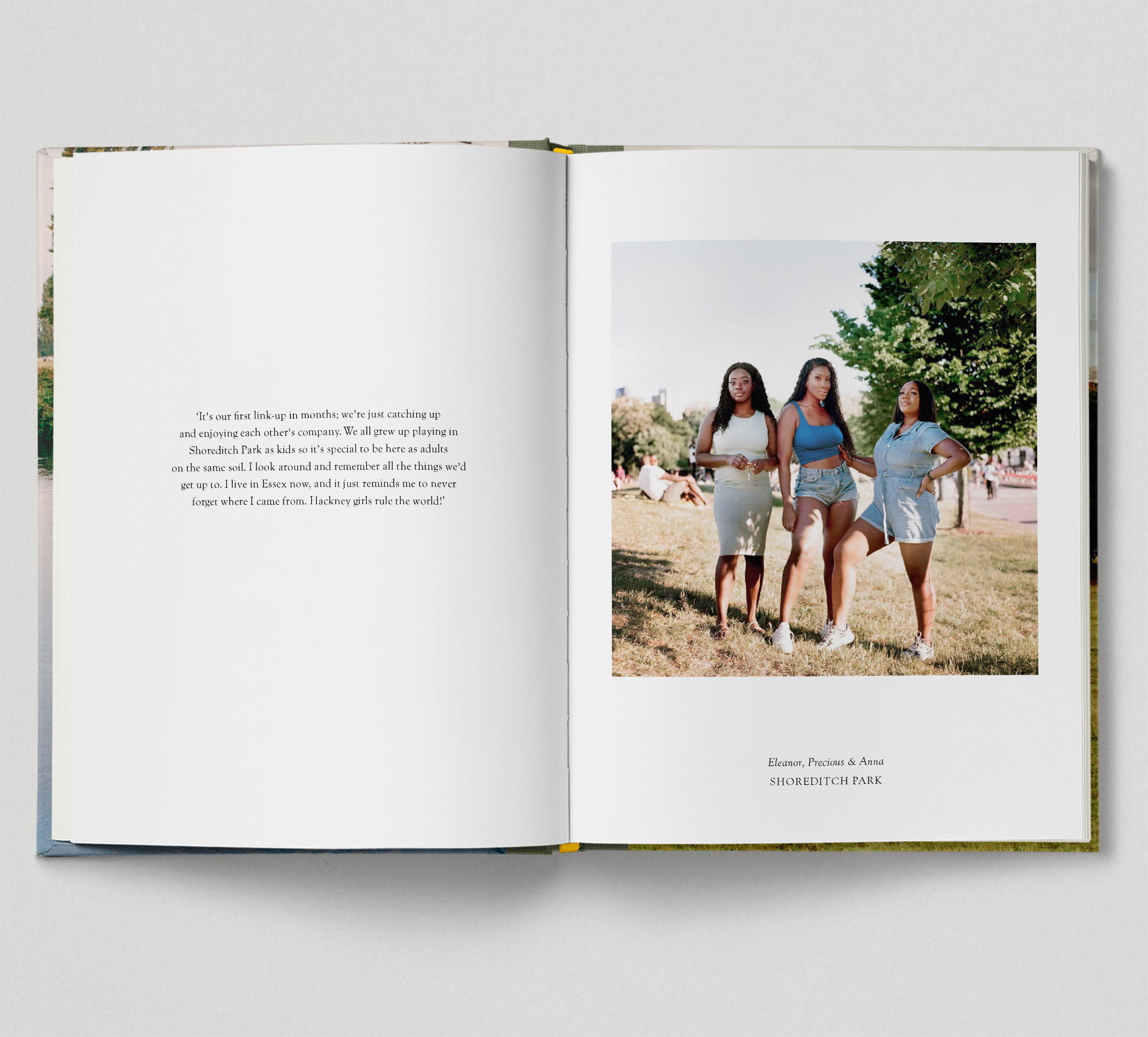
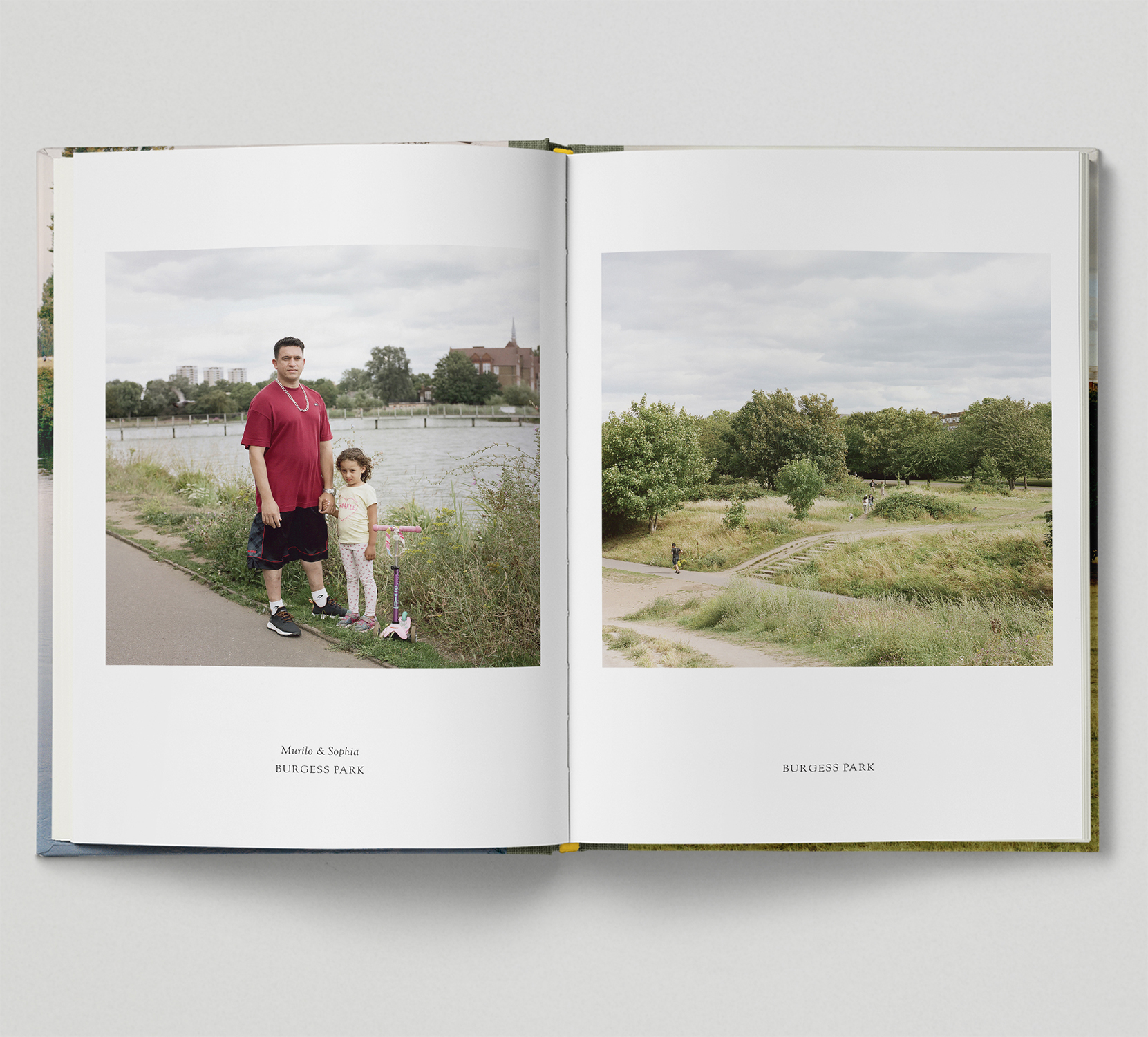
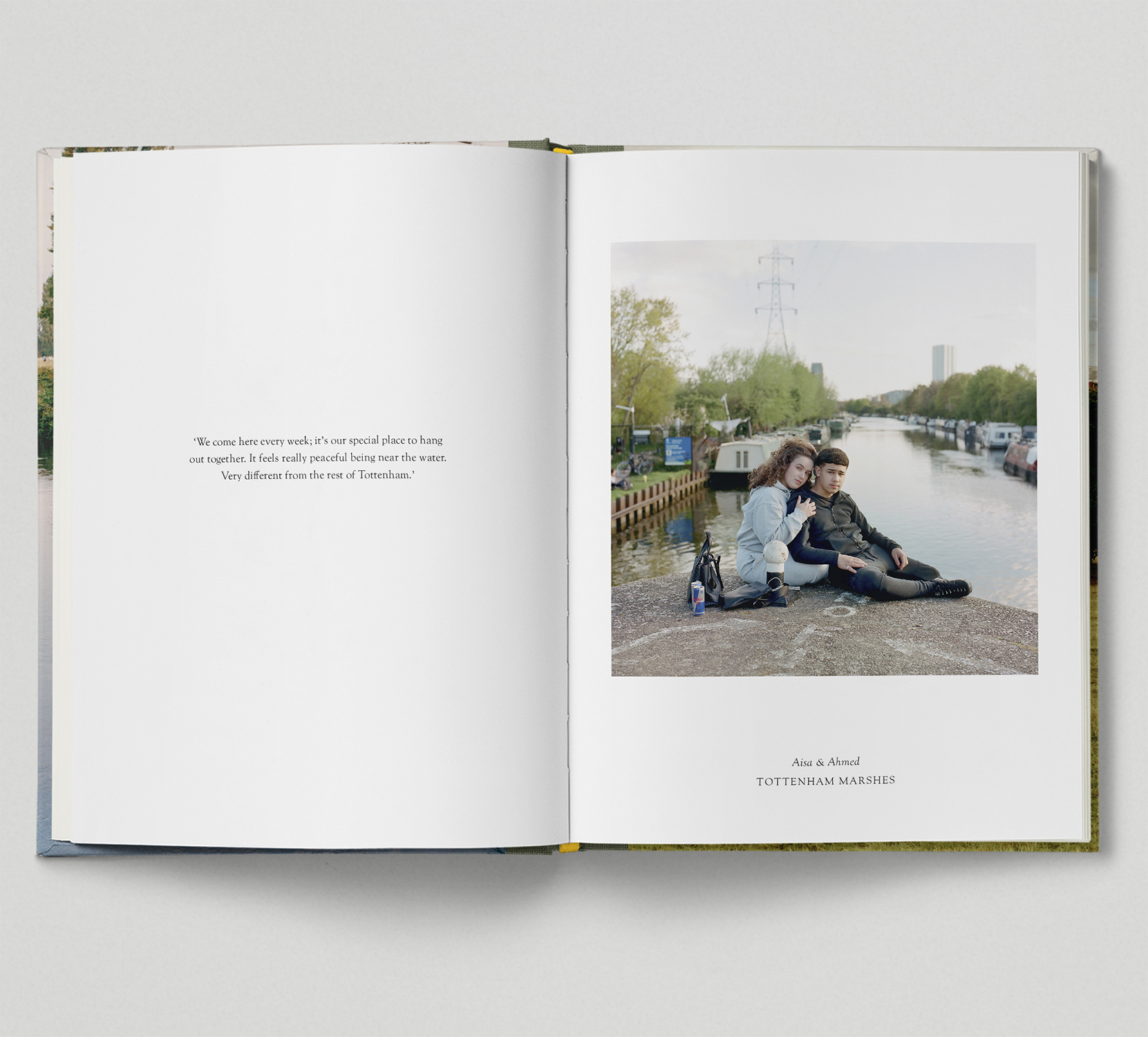
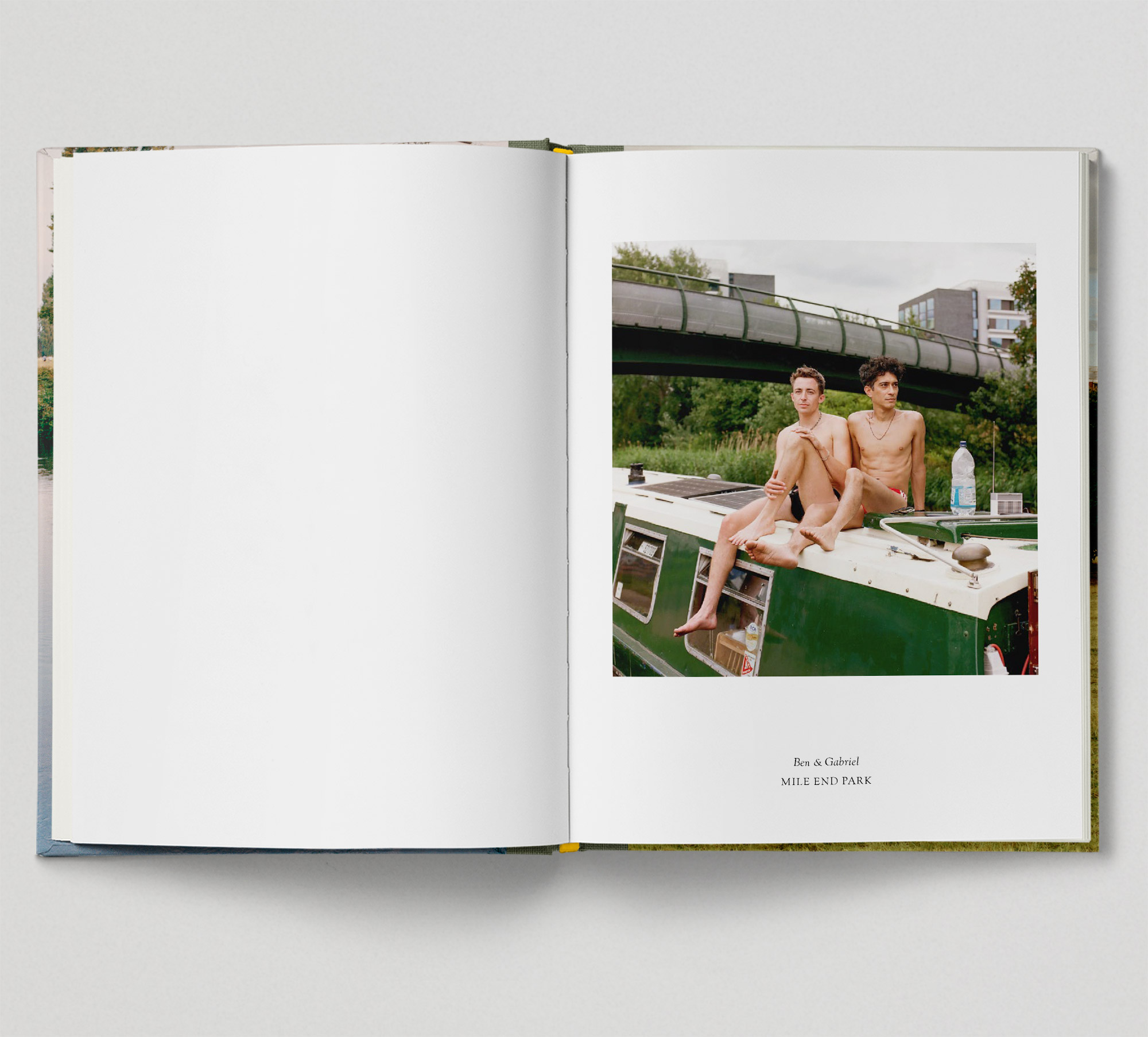
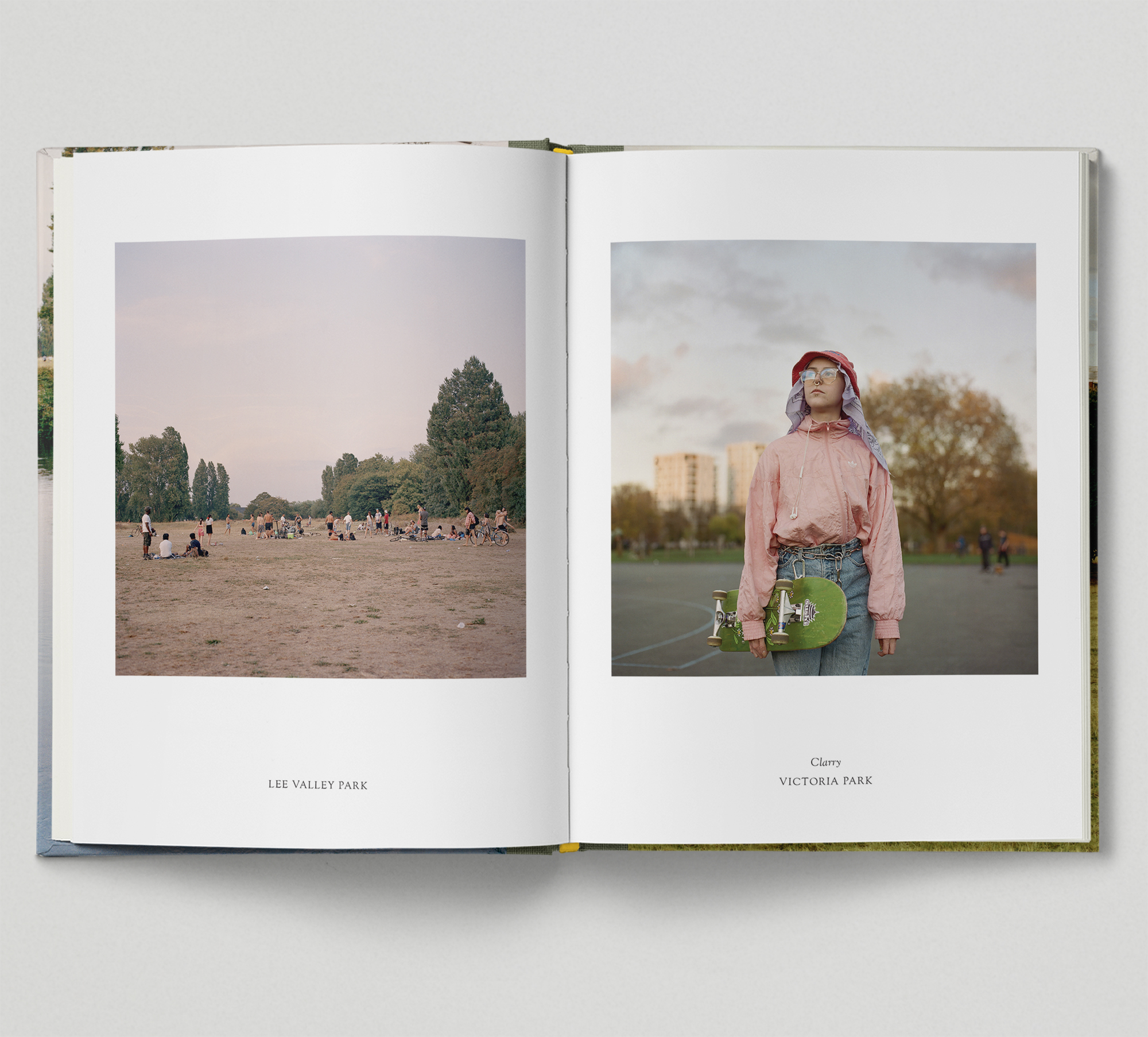
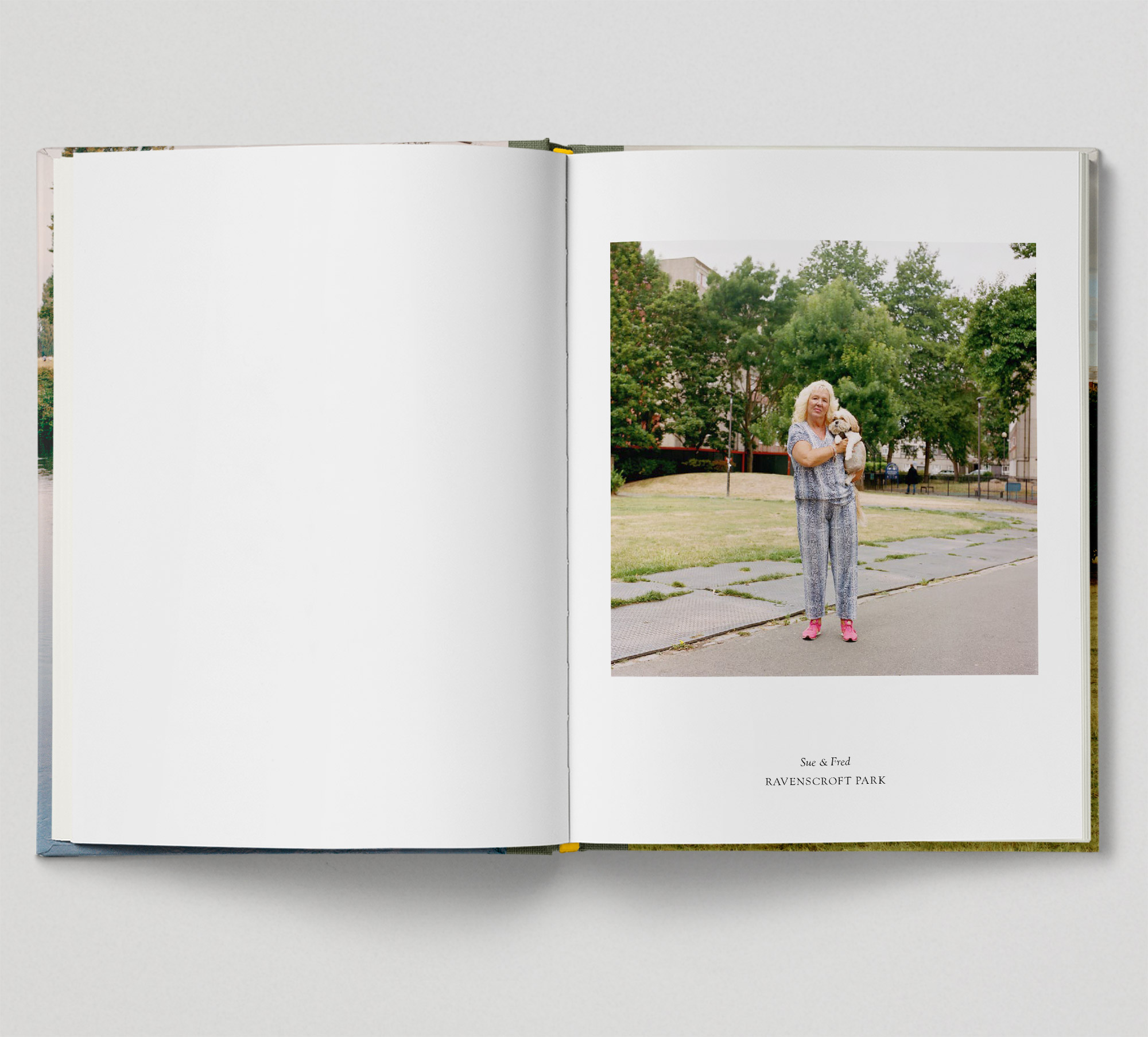
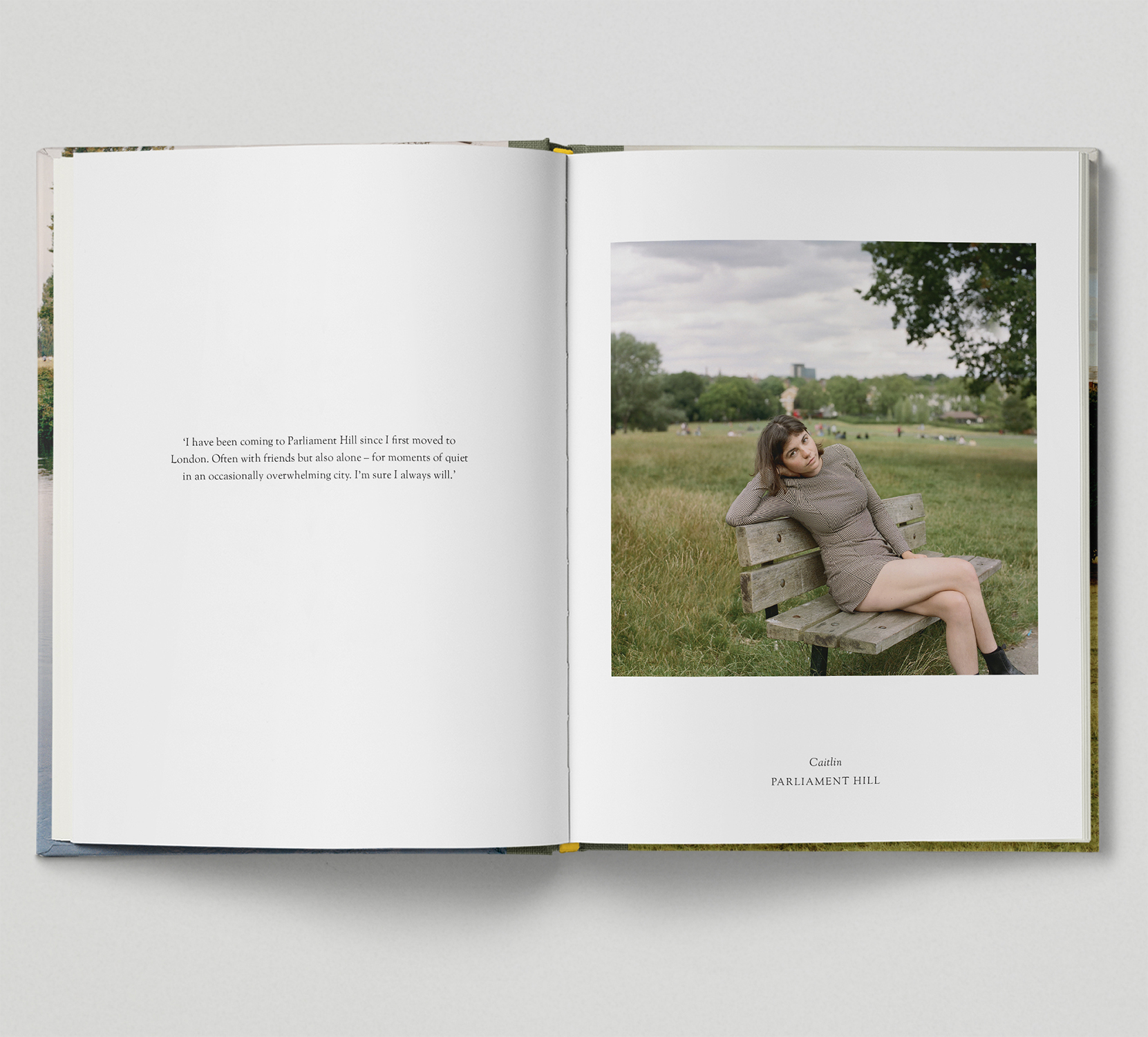
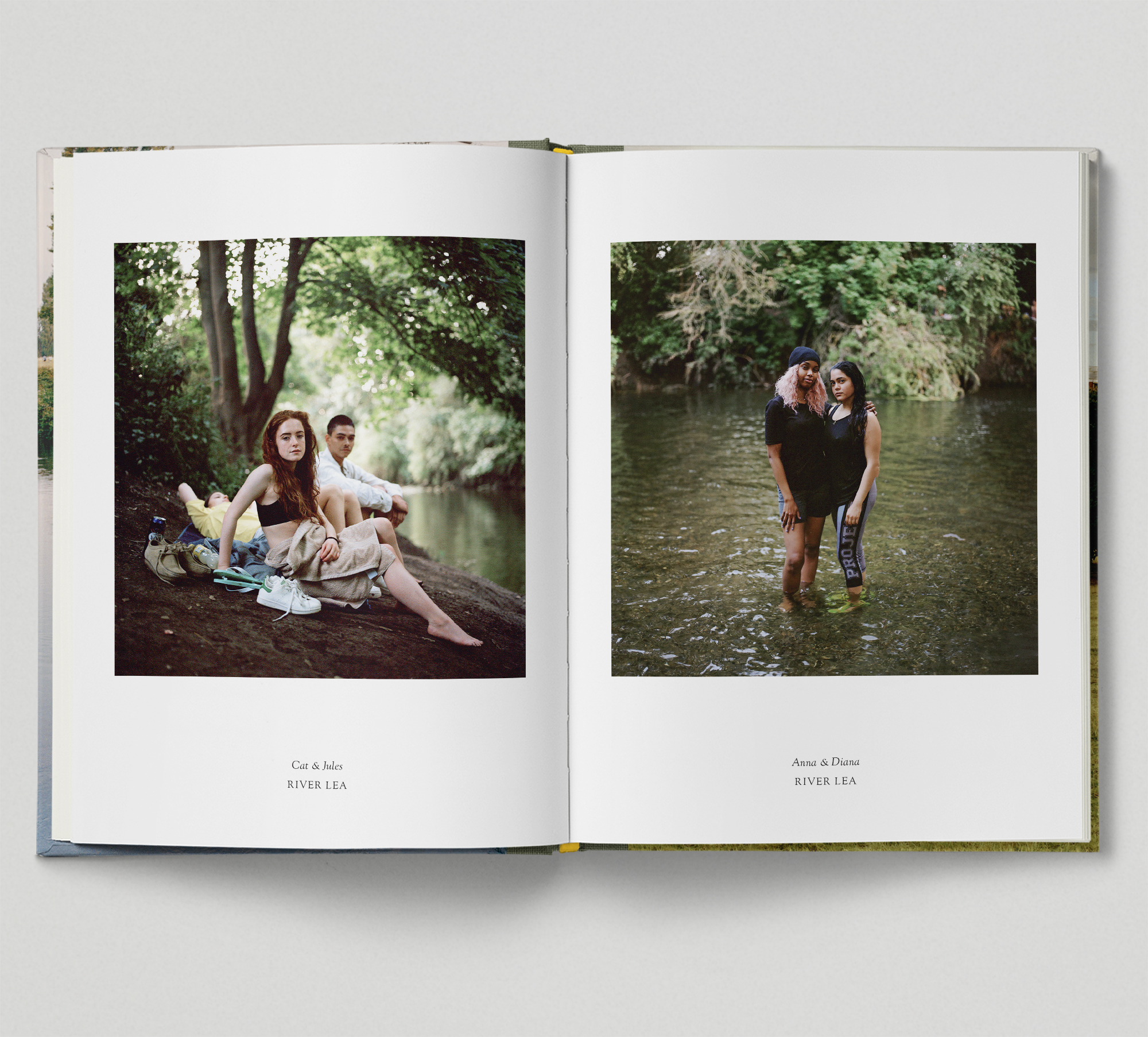
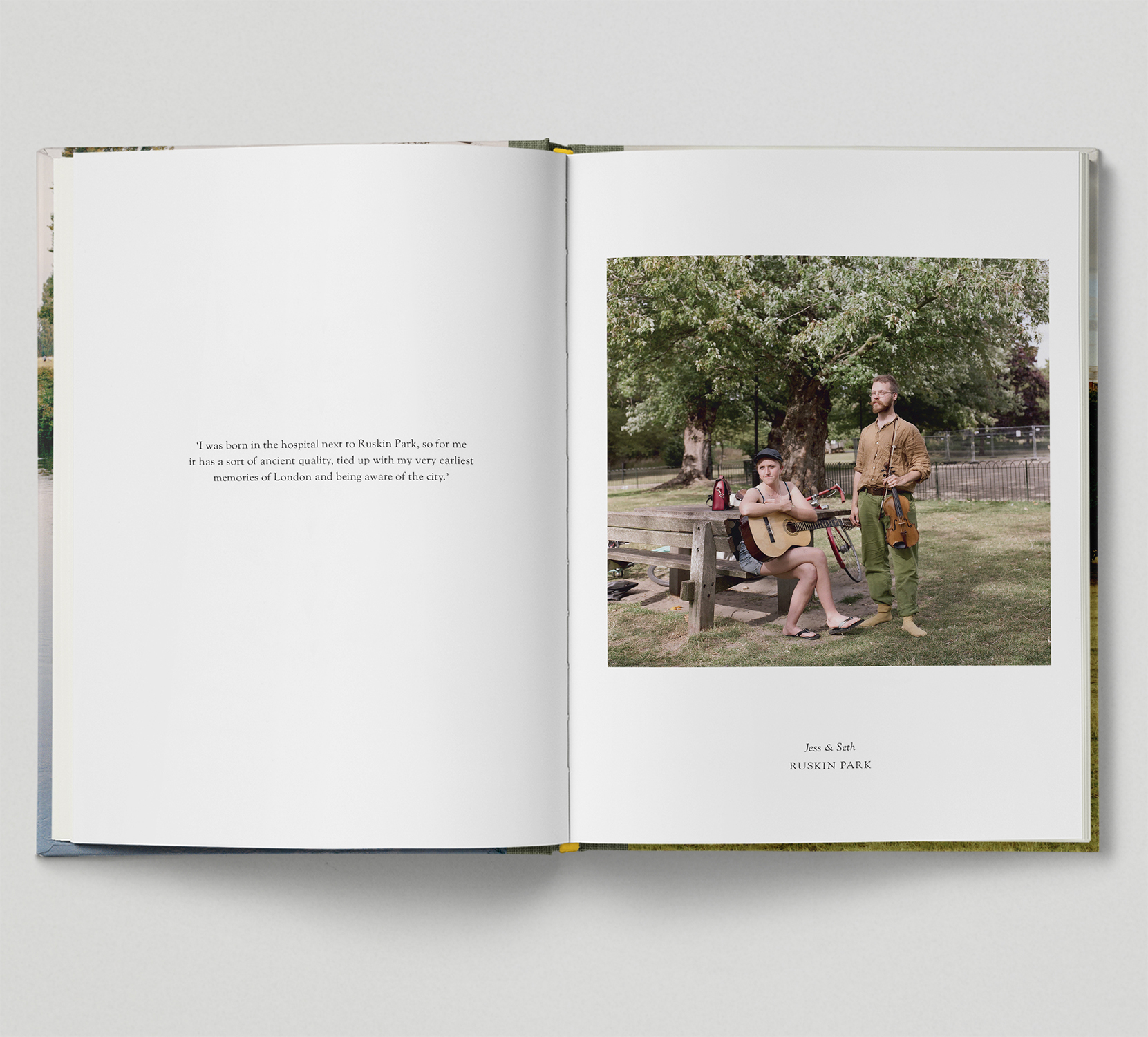
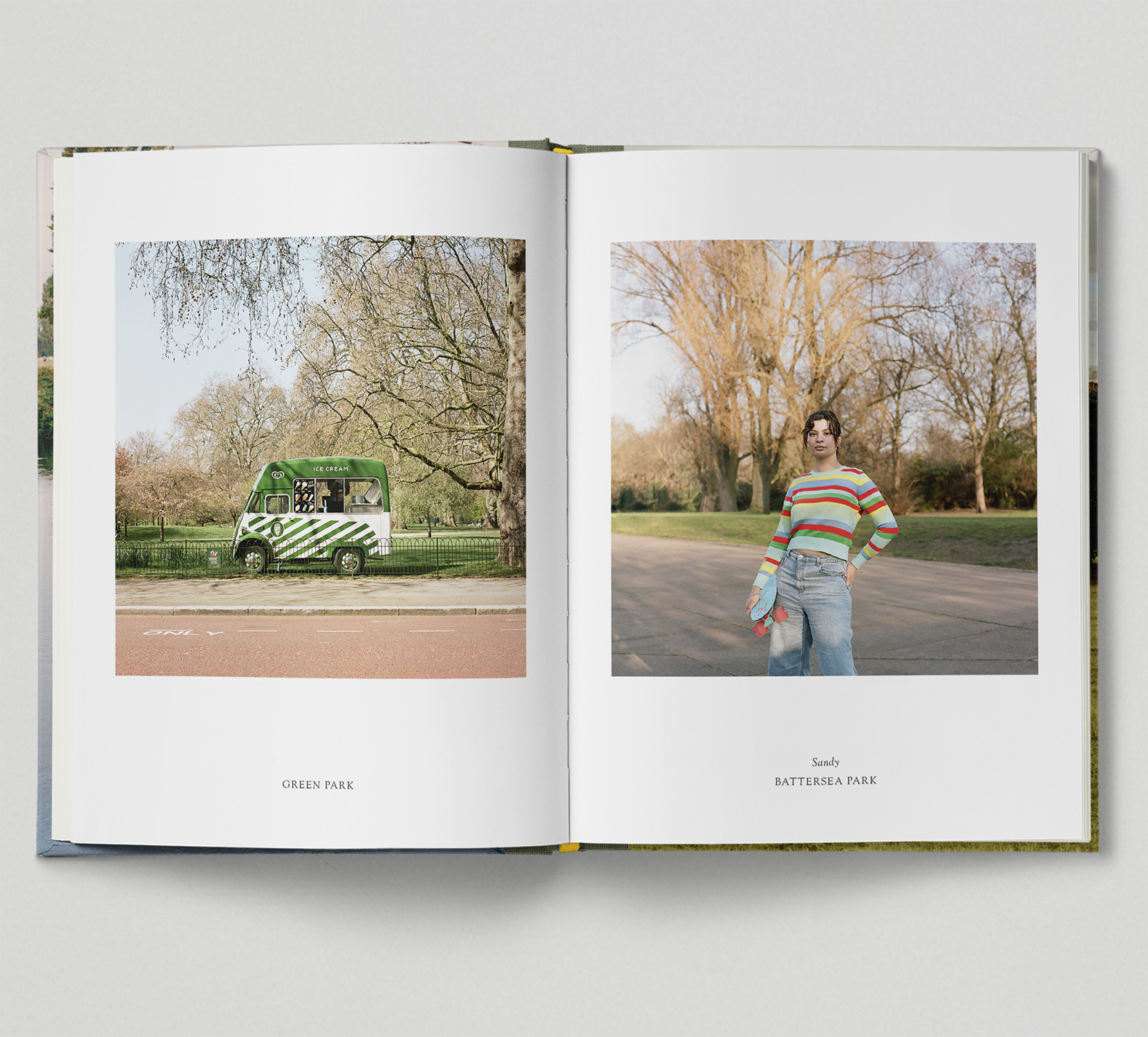
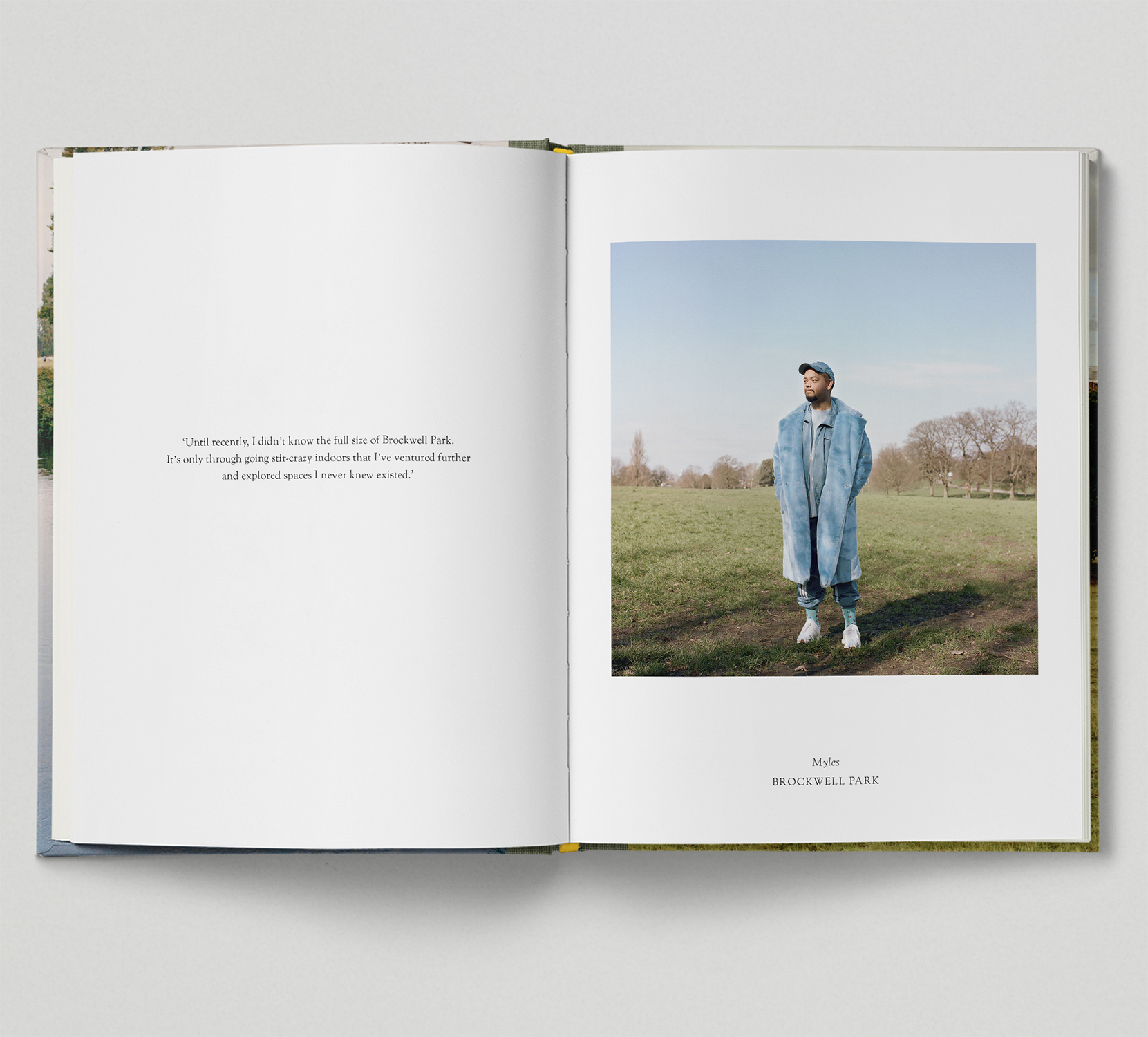
PHOTOGRAPHER’S NOTE
In the spring of 2020 I found myself, like many, knocked sideways. The world became untethered – all our rituals of normality removed against the backdrop of a global pandemic. But then something magical happened: the first buds of spring appeared, and the bright April sunshine beckoned us outside. We ventured to our local parks for our single dose of daily exercise and, perhaps for the first time, we noticed the crocuses appear and the slow blossoming of the trees. Without the steady hum of traffic and the airplanes in the sky, the birdsong became our new soundtrack. We were restored and calmed by the natural world on our doorsteps.
During this time my love of London’s parks deepened. I’ve always been captivated by the life reflected in them – an almost utopian microcosm of our wider society. In a world increasingly motivated by profit and status, the park is a space that symbolises democracy. 40 percent of London’s surface area is made up of publicly accessible green spaces – from parks to commons, greens, cemeteries, woodlands, waterways and marshes. These enclaves occupy some of the most expensive real estate in the world (and with some of the most breathtaking views) yet remain free and communal spaces for all – making London a unique capital city.
Last spring, I decided to pick up my camera to capture the diversity of people whose lives are enriched by these extraordinary green spaces. It is my hope that these images will transcend the time in which they were made. For while these spaces have been a lifeline for capital dwellers during lockdown, their importance precedes this time and will extend beyond it. Parks touch the lives of all Londoners – from family gatherings to first dates, walks with friends to solo rambles – and for this they should be celebrated.
In short, Parklife is my love letter to London’s green spaces.
INTRODUCTION
David Nicholls
We didn’t call it the park; it was the ‘rec’, as in ‘recreation ground’. A flat, featureless oblong of patchy grass, sodden in winter, parched in summer, scattered with ring-pulls and dog mess – this was the late 70s – its great featureless expanse broken only by buckled goalposts and a few skinny, unclimbable trees. I hated the rec, partly because of the threat of team sports, partly because of the possibility of violence – the two seemed to go together – but during those long, endless days of summer, when the glare of sunlight on the TV screen became too much, we were harried out of the house to ‘get some fresh air’. And so we loitered on that great barren prairie, an immense waiting room, wondering why anyone would go to the park out of choice.
Last summer, there were queues at the gates of Clissold Park and anyone want- ing to exercise in Highbury Fields was advised to go early to avoid the rush hour. All over the city, the parks began to resemble the sites of the festivals that had all been cancelled and if Londoners had ever taken their green spaces for granted, there was no danger of that now. In the space of six months, they’d been repurposed as meeting rooms, nightclubs, concert halls, theatres and cinemas, cafés and restaurants, impromptu markets, family living rooms, gyms. London is supposedly a city of 3,000 parks and while I’m a little sceptical ofthat number, it’s true that the city had never seemed greener than that summer. On early morning bike rides I discovered Bushy and Ruskin and Trent, Peckham Rye and Beckenham Place and Ladywell Fields. I discovered the canals and waterways that link them too, the bloodstream of London, captured so brilliantly by Sophia in these photographs. Walk north on the Lea, west or east on the Grand Union, south on the Wandle or the Waterlink Way and you can see the ghosts of London’s old industries, cranes and disused warehouses and old pumping stations. Keep walking for the rest of the day, under the pylons and past the depots, and you can feel the city fading behind you, the skies opening up.
The photographs in this volume are a fine portrait of that strange time, the diversity of people and place and the sense of community too. It’s good to see the less familiar urban parks feature so prominently: Burgess, Springfield, Mile End, places that don’t pretend to be countryside. The Royal Parks are beautiful and elegant, but they feel as if they belong to someone else (which of course they do) and if these photos show anything, it’s that our essential green spaces are shaped by the communities who live around them and use them every day. There’s youth and noise and fun here and music played too loud, but also that particular melancholy, the half-pleasurable sadness of a cloudy day at the end of summer with the days shortening, the leaves beginning to curl.
But for the most part, this is a portrait of a city that relishes its public play- grounds and which now, as I write, is stepping outside again after a long winter, revisiting friends and family, eating, drinking, flirting, celebrating, a city thatis at its liveliest not on its streets but in its scuffed, scrappy, beautiful green spaces.